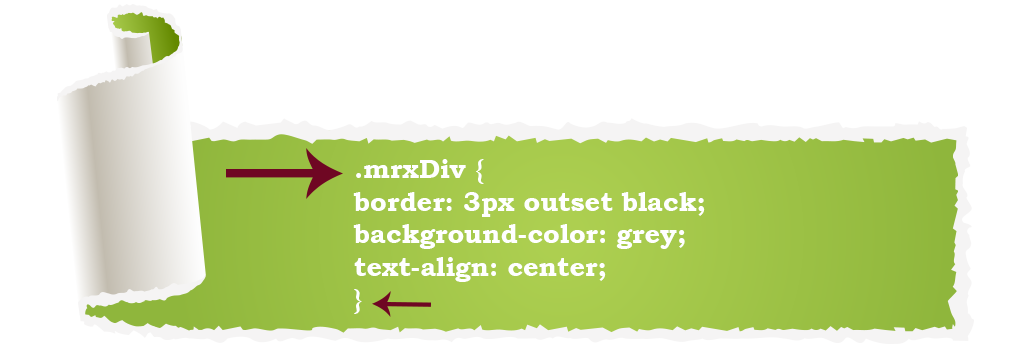Div Tag In HTML
In this post, we will explain Html div Tag OR Div Tag In HTML to assist with the learning requirements.

The <div> tag in HTML is a container element that is used to group together other HTML elements and apply styles to them as a group. It has no specific meaning or semantic value on its own, but is rather a way to organize and structure content on a web page as it comes to Html div Tag.
The following are some examples of Html <div> sections in CSS-styled documents:
Example
The given example explains the working of the <div> tag along with inline CSS:
Example:
Uses and Definition
An HTML div <div> tag specifies a section or division in a document.
The <div> tags serve as containers for HTML elements – which are then styled with CSS or customized with JavaScript.
You can easily style <div> tags by selecting their class or id attribute.
Including any content within the <div> tag is possible!
Browser Compatibility
| Element |  |
 |
 |
 |
 |
|---|---|---|---|---|---|
| <div> | Yes | Yes | Yes | Yes | Yes |
Event Attributes
In HTML, the <div> tag accepts Event Attributes as well.
Global Attributes
In HTML, the <div> tag accepts Global Attributes as well.
CSS Default Settings
Generally, browsers display an <div> element with the following default values in Html div Tag:
div {
display: block;
}
HTML <div> tag Importance
The <div> tag is a fundamental building block of modern HTML and is of great importance in web development. Here are some of the key reasons why the <div> tag is important:
- The <div> tag is primarily used for grouping and organizing other HTML elements on a web page. This allows web developers to structure their content and apply styles to specific groups of elements, improving the readability and usability of their pages.
- The <div> tag is a versatile element that can be used to create a wide variety of layouts and designs on a web page. It can be nested inside other <div> tags to create complex structures, and can be combined with other HTML elements to create dynamic and interactive content.
- The <div> tag is an essential element for applying CSS styles to a web page. By grouping together related elements using <div> tags, developers can easily apply styles to specific sections of their pages, improving the overall appearance and usability of their content.
- By using the <div> tag to group related elements and apply semantic markup, developers can improve the accessibility of their pages for users with disabilities. For example, using <div> tags to structure headings and other text elements can help screen readers navigate and understand the content more easily.
